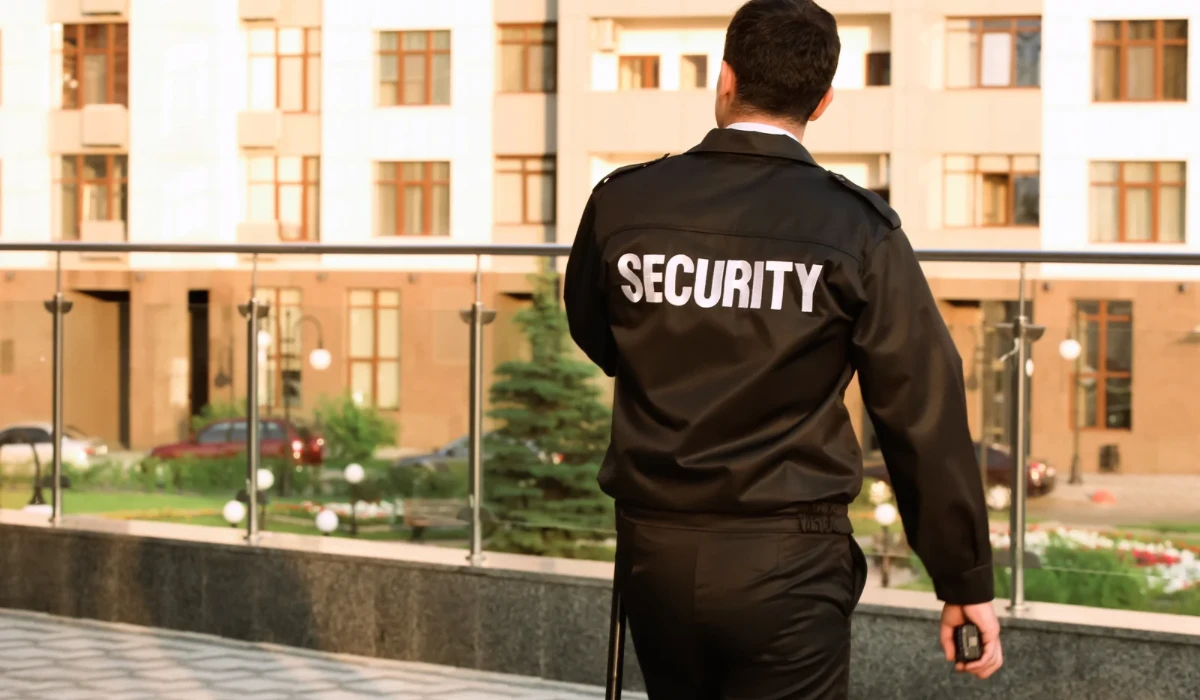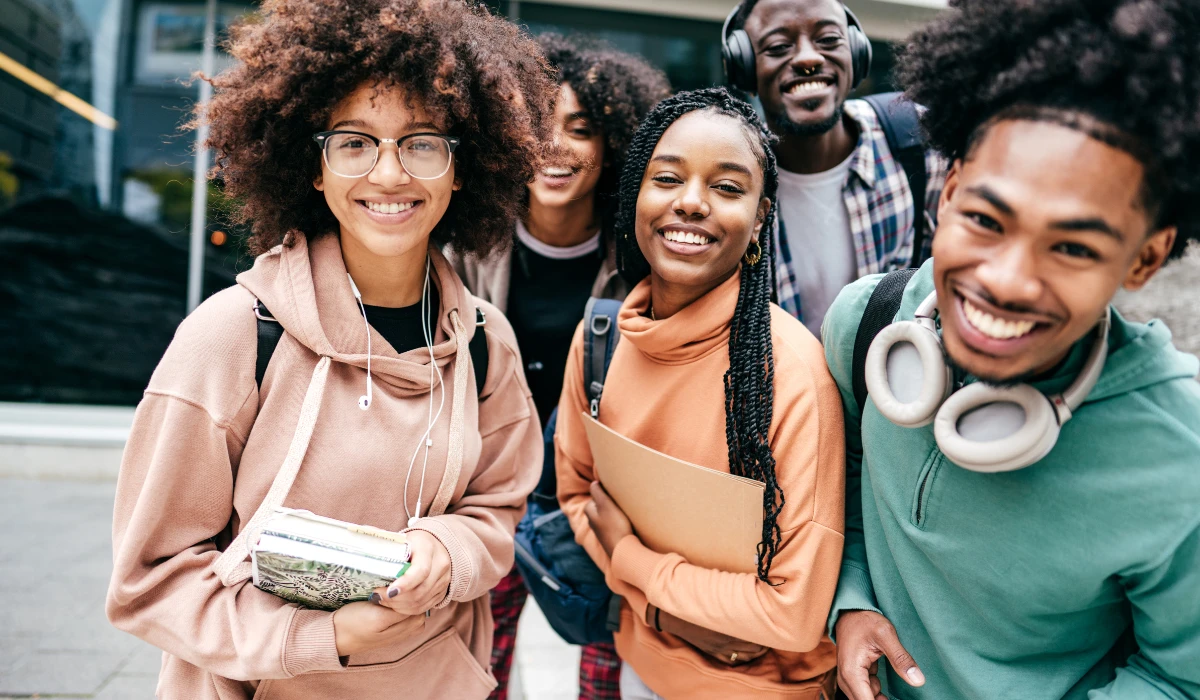New York schools are about to undergo a major change as Governor Kathy Hochul announced a “bell-to-bell” smartphone ban, set to take effect this fall as part of the State’s Fiscal Year 2026 budget. The ban will apply to all public and charter K-12 schools statewide, making New York the largest state to enforce such a policy.
Governor Hochul introduced the smartphone ban with the goal of enhancing student focus and reducing classroom disruptions. The new policy prohibits students from using smartphones and other internet-capable personal devices from the moment they enter school until the final bell rings. This includes lunch periods, study halls, and any other time within the school premises.
The initiative reflects growing concerns among educators and parents about the impact of smartphones on learning and student well-being. Supporters of the ban argue that constant access to smartphones contributes to academic distractions, cyberbullying, and a decline in face-to-face social interactions among students.
In a statement, Governor Hochul emphasized that the ban aims to “create a more focused and supportive educational environment” by reducing digital distractions. She added, “Students need to be fully engaged in their education, and we must ensure that classrooms are places for learning, not scrolling.”
Under the ban:
- There is to be no unsanctioned use of smartphones or other internet-capable personal devices for the entire school day, whether during class, lunch or study hall
- Schools will develop their own ways to implement the ban, including how to store phones, depending on what works best for their individual needs
- $13.5 million in state funding will be available to help schools that need to purchase storage solutions
- Schools are required to provide parents with a way to contact their children during the day when needed
- Parents, teachers, and students will all be involved in developing local policies
- Discipline must be uniform
While the ban is comprehensive, there are specific exemptions for emergency situations, health needs, and individual educational plans (IEPs) that require the use of a device. School administrators are encouraged to develop protocols for securely storing smartphones during school hours and clearly communicating the new rules to students and families.
Some schools may adopt the use of secure storage pouches, similar to those used in theaters and concert venues, where students lock their phones upon arrival and retrieve them at the end of the day. Educators are also expected to receive training on how to enforce the policy consistently while addressing any challenges related to compliance.
Reactions to the smartphone ban have been mixed. Some parents welcome the move, seeing it as a step toward reducing distractions and promoting healthier social interactions among students. “It’s about time we took control of the classroom environment,” said Jonathan Perez, a father of two middle school students. “Phones have become a huge barrier to learning.”
However, some students and advocacy groups have raised concerns about the ban’s potential to limit communication with family members during emergencies. “In today’s world, being able to contact your child at any time is a safety issue,” said Lila Morgan, an advocate for student rights.
As schools gear up for the fall semester, administrators are preparing for potential pushback from students accustomed to having their devices readily available. Implementing the ban effectively will require clear communication, consistent enforcement, and collaboration with families to ensure the policy’s success.
Governor Hochul remains firm on the decision, stating, “We must put the needs of our students first. By removing unnecessary distractions, we’re giving our young people the tools to succeed academically and socially.”
With New York leading the way, other states are watching closely to see how the smartphone ban impacts school environments and academic outcomes.





